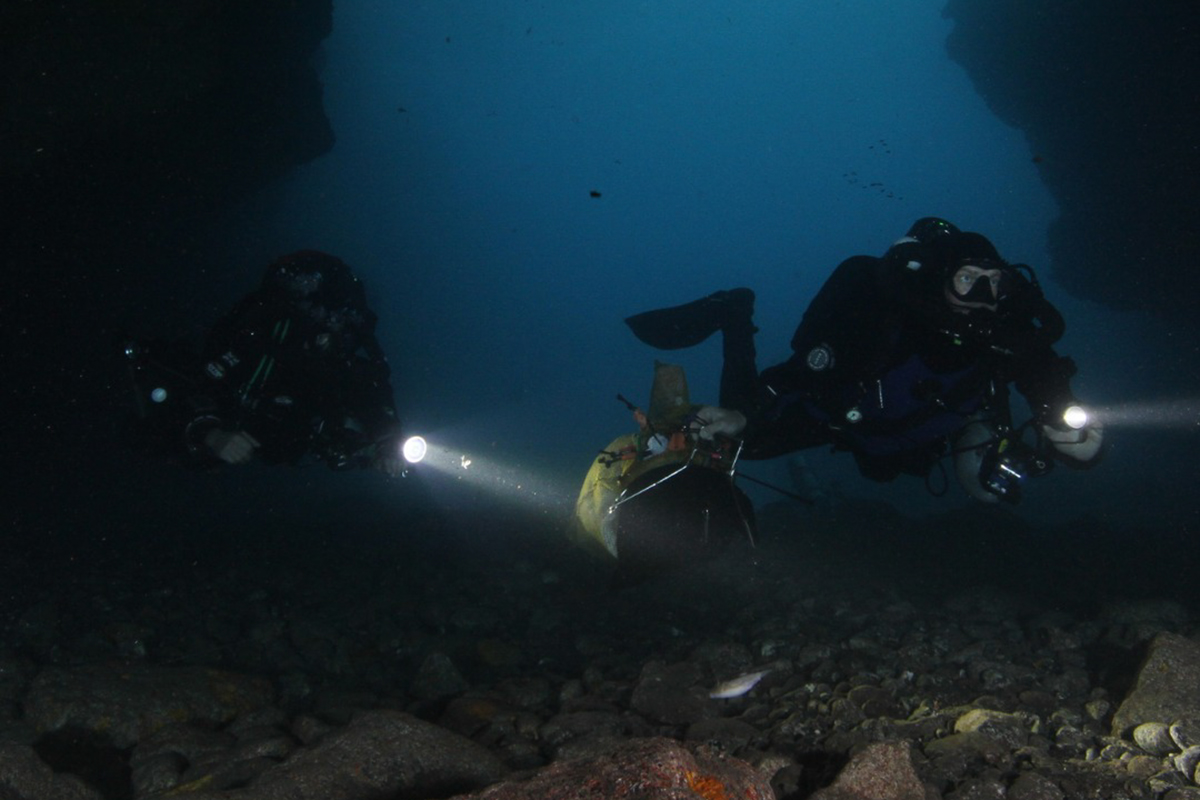
Scientists In New Zealand Have Discovered More Than 100 New Species, Including From Unseen Genus
It is estimated that only around 5% of our oceans have been explored so far and less than 10% mapped using modern technologies. Leaving 95% unexplored gives incredibly vast areas for scientists to work on.
According to Ocean Census, about 2,200 species are being discovered each year. Therefore, this recent news is truly exciting: a few weeks ago, scientists found over 100 new marine species in the Bounty Trough, New Zealand, marking a significant turning point in the clearer picture of the planet’s unique biodiversity.
More info: Ocean Census
Scientists came back from the Bounty Trough with exciting news: over 100 new marine species, including 3 new species of fish
Image credits: Ocean Census
Image credits: Ocean Census
Image credits: Ocean Census
Image credits: NIWA Taihoro Nukurangi
Ocean Census is a global alliance of scientists, researchers, philanthropic organizations and a range of other specialists who are focused on discovering ocean life from the surface to full ocean depth to be able to protect the species that live there.
In February, team members from Ocean Census, the National Institute of Water and Atmospheric Research in New Zealand (NIWA), and the Museum of New Zealand Te Papa Tongarewa teamed up for a mission to explore the remote Bounty Trough, a deep-water depression located off the eastern coast of New Zealand’s South Island.
During the three-week expedition, they collected close to 1,800 samples, some of which were uncovered at depths of more than 15,000 feet.
The scientists were impressed with the biodiversity of life they have found there. “It looks like we have a great haul of new, undiscovered species. By the time all our specimens are examined, we will be north of 100 new species. But what’s really surprised me here is the fact this extends to animals like fish – we think we’ve got three new species of fish,” said Ocean Census Science Director Professor Alex Rogers.
NIWA’s marine biologist Sadie Mills mentioned that the expedition has shown the Bounty Trough is flourishing with life: “We’ve gone to lots of different habitats and discovered a whole range of new species, from fish to snails, to corals and sea cucumbers. Really interesting species that are going to be new to science.”
Expeditions to under-explored ocean regions like the Bounty Trough are critical to discovering new species
Image credits: Ocean Census
Image credits: Ocean Census
Image credits: Ocean Census
One particular find was very hard to identify. The experts first believed it was a new sea anemone or a seastar, yet taxonomists didn’t want to agree that it is either of those species.
Queensland Museum Network taxonomist Michela Mitchell said that it could be a new species of octocoral, but also a new genus. “Even more excitingly, it could be a whole new group outside of the octocoral. If it is, that is a significant find for the deep sea and gives us a much clearer picture of the planet’s unique biodiversity,” Michela shared the excitement.
Among over 100 newly discovered species could be a whole new group outside of the octocoral
Image credits: Ocean Census
Image credits: NIWA Taihoro Nukurangi
The ocean is pretty deep and vast; therefore, it is truly challenging in terms of scientific discoveries. According to NOAA and Woods Hole Oceanographic Institution, the average depth of the ocean is 3,682 meters, or 12,080 feet. It’s also known that the deepest place in the ocean reaches 10,935 meters (35,876 feet) and is found in the Pacific Ocean’s Mariana Trench, at a place called Challenger Deep.
The first instrument that was used for deep-sea investigation was the sounding weight, used by Sir James Clark Ross. In the 1840s, it reached a depth of about 12,139 feet. Nowadays, for extracting samples from the sea bed, scientists often work with a sampling device called the Brenke sled, which uses two nets: one close to the seafloor and the other one about three feet above that other net. It drags along the floor, catching up the animals that live close by.
For those curious about when the first deep-sea exploration in the world began, there are no exact dates, but it goes back to the late 18th or 19th century when scientist Pierre-Simon Laplace investigated the average depth of the Atlantic ocean by observing tidal motions registered on Brazilian and African coasts. And the first deep-sea life forms were discovered in 1864 when Norwegian researchers Michael Sars and Georg Ossian Sars obtained a sample of a stalked crinoid at a depth of 10,200 feet.
In the 20th century, deep-sea exploration advanced considerably due to a series of technological inventions such as the sonar system, which can detect the presence of objects underwater through the use of sound, manned deep-diving submersibles, and the bathyscaphe Trieste, which in 1960 was sent into the deepest part of the world’s oceans by Jacques Piccard and United States Navy Lieutenant Donald Walsh.
Even though to many of us, sampling vulnerable sea creatures may seem like quite a radical gesture, it actually gives scientists crucial information in order to enhance conservation efforts for threatened and endangered species before it’s too late.
Scientists often use a Brenke sled – a device for sampling organisms that live on and just above the seafloor
Image credits: NIWA Taihoro Nukurangi
Image credits: Marine Biodiversity Hub
Our oceans cover more than 70% of the Earth’s surface, yet, according to Columbia University’s Earth Institute, scientists know more about space than the ocean. NASA is on a mission to change that. By exploring the deep part of the ocean, they are searching for clues as to what oceans on other planets could look like. Surprisingly enough, Earth’s depths are very similar to some of the conditions NASA expects to find on other worlds in our Solar System.
The deepest parts of our oceans are called the hadal zone after Hades, the Greek god of the underworld. This zone occurs only in trenches and combined all together, would make up an area about the size of Australia. Only a few vehicles can survive plunging into such a dark abyss and discoveries there can be truly fascinating. Some of the all-time weirdest and most wonderful deep sea creatures include the bloodybelly comb jelly, sea angel, sea pig, flapjack octopus, anglerfish, stargazer, blowfish, peacock mantis shrimp, pink see-through fantasia, frilled shark, nudibranch, Marrus orthocanna, leafy seadragon, yeti crab and others.
Image credits: Monterey Bay Aquarium
Image credits: Monterey Bay Aquarium
Image credits: Ocean Census
Scientists collected almost 1,800 samples from the depths of the ocean, finding species of fish, squid, mollusk and coral that are new to science
Image credits: Ocean Census
The Ocean Census expedition to the under-explored Bounty Trough is definitely significant because the scientists there have amassed a whole lot of knowledge through collecting samples, putting the scientific community in a great position to see where the gaps are. Hopefully soon we will know much more about the blue heart of our planet Earth and by raising awareness of the importance of marine life, we will be able to enjoy these spectacular species for many decades ahead.
People were excited about the new marine discovery
I narrowly missed becoming an oceanographer- so long interest there. In general us dry landers really have NO idea how big, how diverse - and how OLD the Ocean is. I loved the photo here of what I think is a "sea pig"; a deep ocean sea cucumber- they are just SO alien- but so real. Try this; the "average depth of the ocean is around 2.3 MILES. " And I have zero faith in the validity of that number - but start there. Ok; can you imagine 2 miles? Some road you're familiar with, perhaps. Now - turn that 2 miles up over head. It's a long way, looked like that. All around the globe- much deeper in spots- and all the way to the top - every cubic millimeter - has things alive in it. Most from species 4 times older than any dinosaur. Is there anything interesting to learn there?? :-) Only 1,000 lifetimes or so.
..couldn’t agree more with you! ☺️🌊✨ I was fascinated by the ocean since I was a little kid and now I’m finally living just a few steps away from it - it’s pure magic every single day! ♥️
Load More Replies...As a NZer - stay out of our waters. we don't NEED to find new species... they just killed 1800 "new" specimens... nothing cool or amazing about that. Species thrive when humans don't know that they exist
I agree. We have the means to observe. No need to bring them up unless they are already dead. And let's be sure of that before we do.
Load More Replies...I narrowly missed becoming an oceanographer- so long interest there. In general us dry landers really have NO idea how big, how diverse - and how OLD the Ocean is. I loved the photo here of what I think is a "sea pig"; a deep ocean sea cucumber- they are just SO alien- but so real. Try this; the "average depth of the ocean is around 2.3 MILES. " And I have zero faith in the validity of that number - but start there. Ok; can you imagine 2 miles? Some road you're familiar with, perhaps. Now - turn that 2 miles up over head. It's a long way, looked like that. All around the globe- much deeper in spots- and all the way to the top - every cubic millimeter - has things alive in it. Most from species 4 times older than any dinosaur. Is there anything interesting to learn there?? :-) Only 1,000 lifetimes or so.
..couldn’t agree more with you! ☺️🌊✨ I was fascinated by the ocean since I was a little kid and now I’m finally living just a few steps away from it - it’s pure magic every single day! ♥️
Load More Replies...As a NZer - stay out of our waters. we don't NEED to find new species... they just killed 1800 "new" specimens... nothing cool or amazing about that. Species thrive when humans don't know that they exist
I agree. We have the means to observe. No need to bring them up unless they are already dead. And let's be sure of that before we do.
Load More Replies...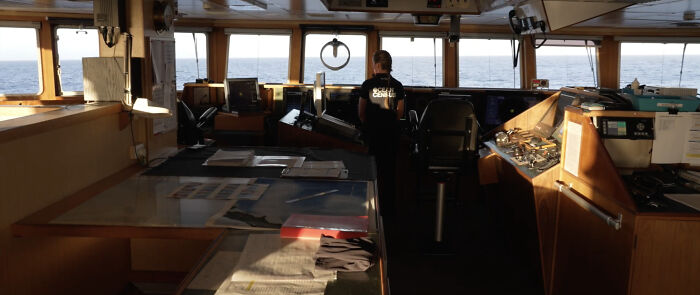
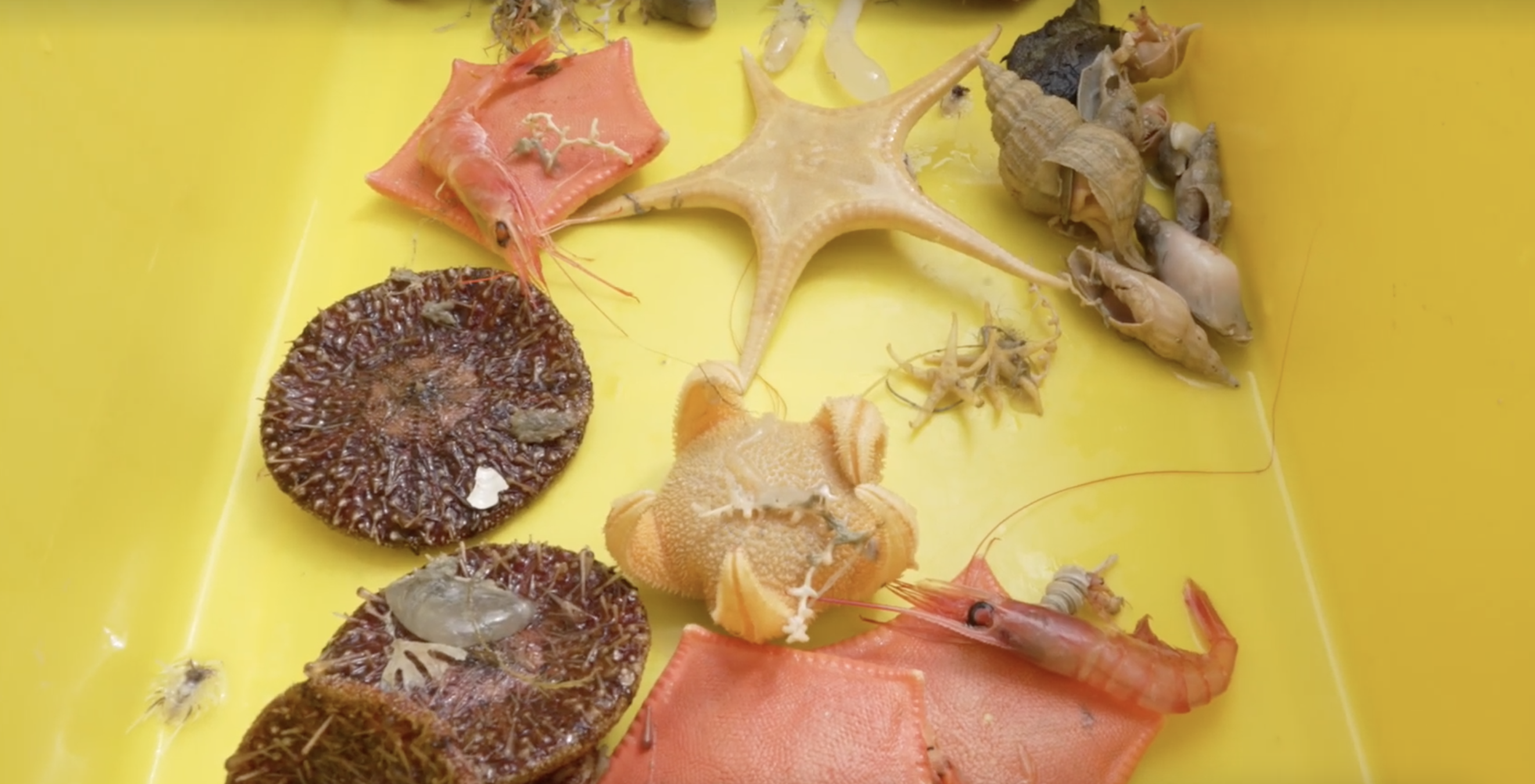
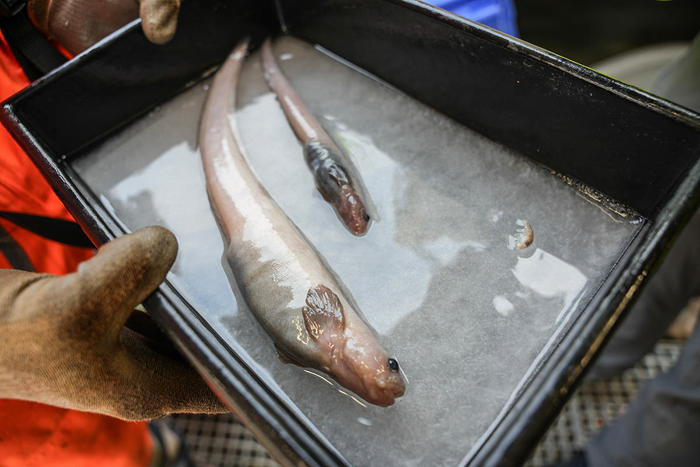
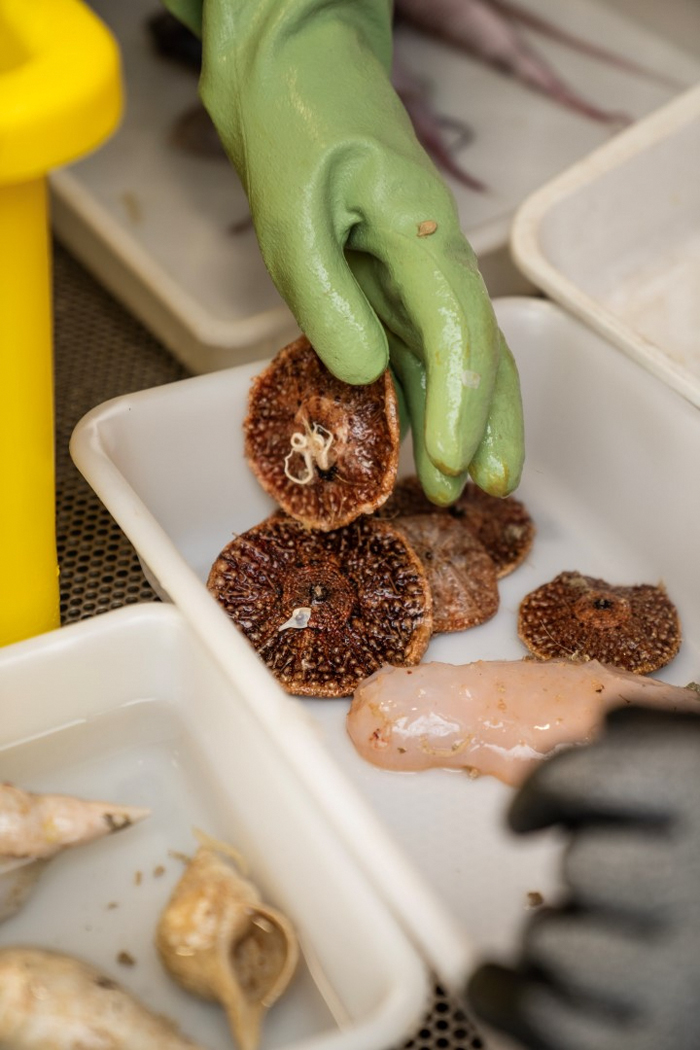
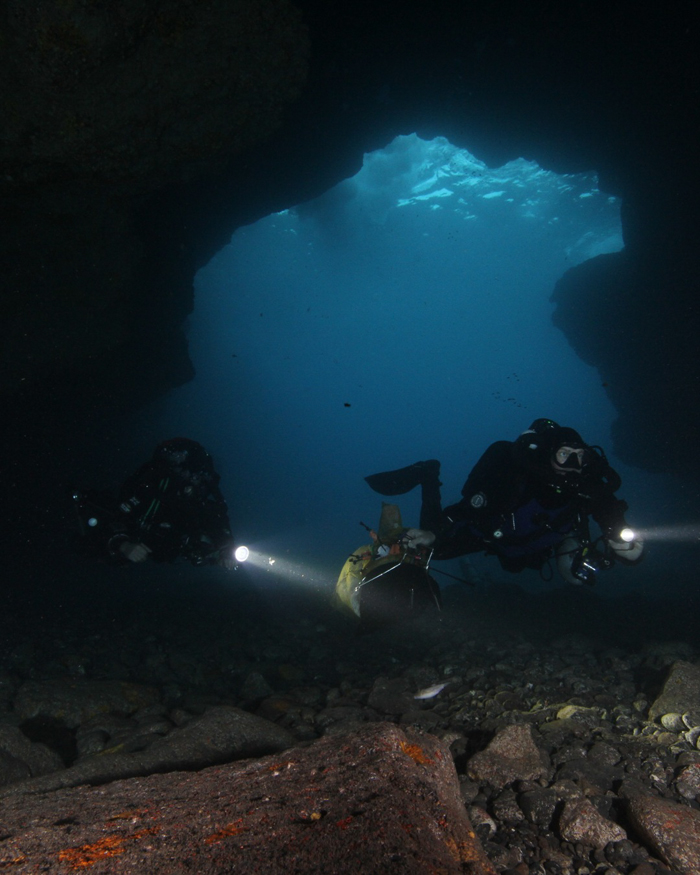
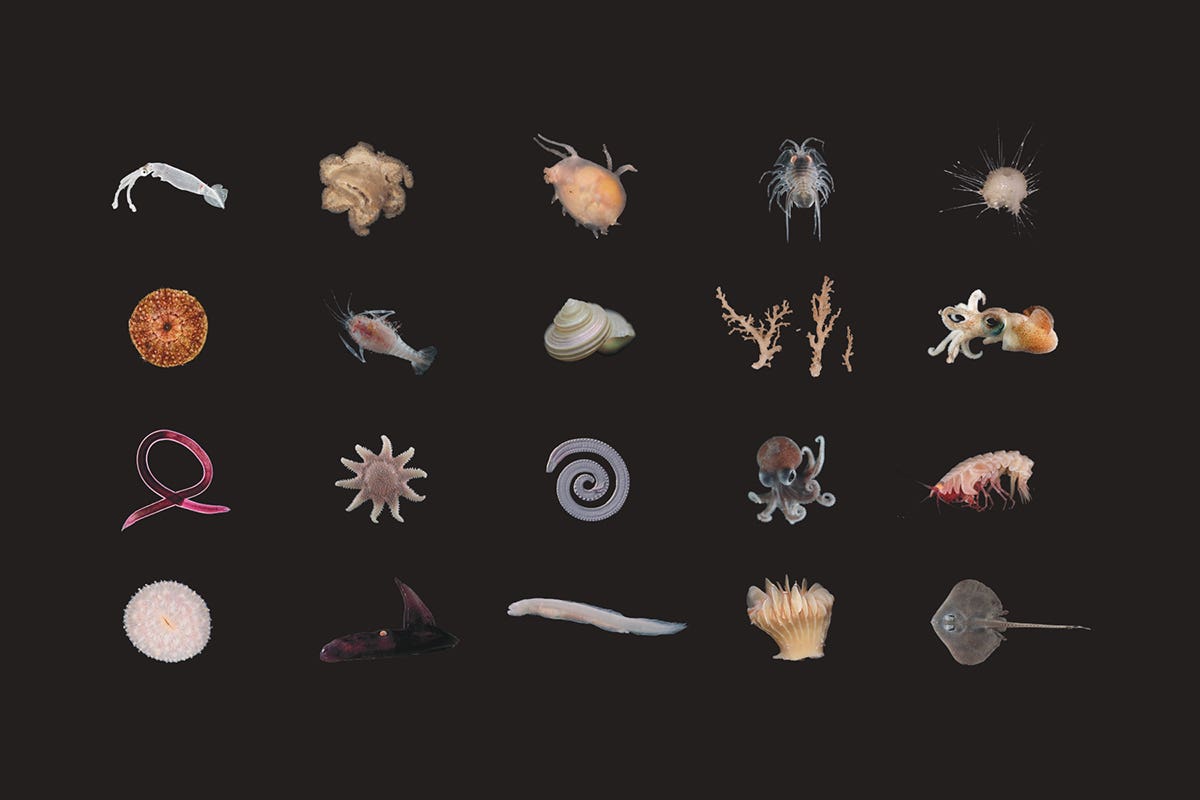 Image credits:
Image credits: 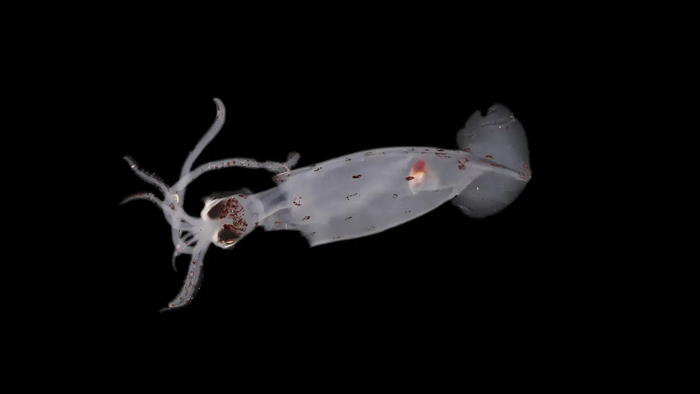
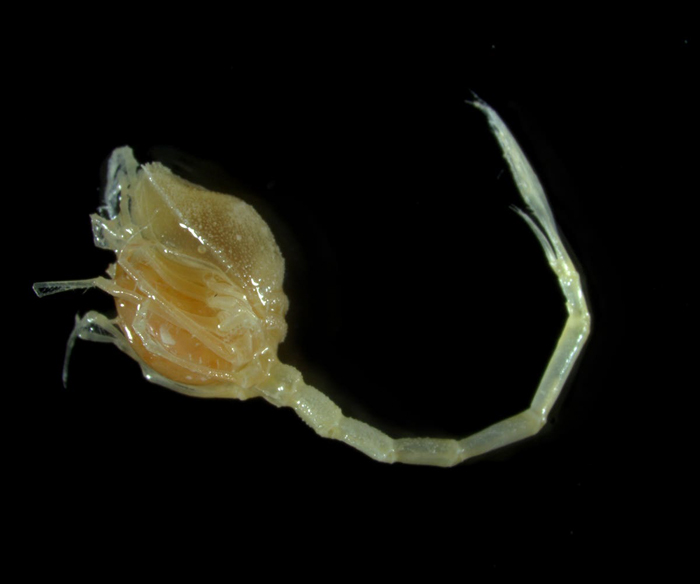
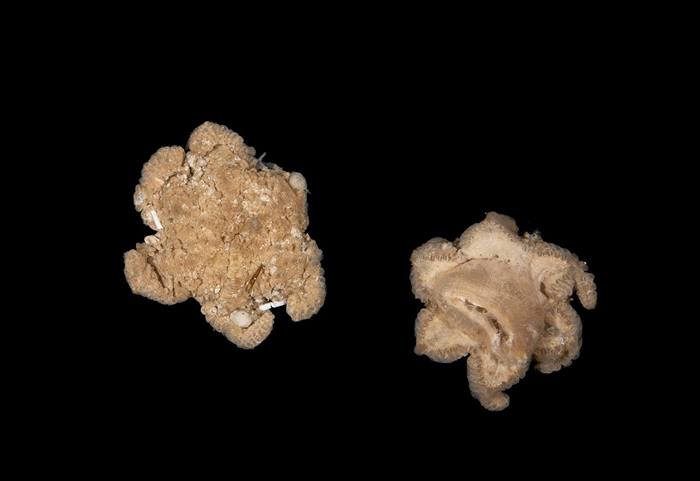
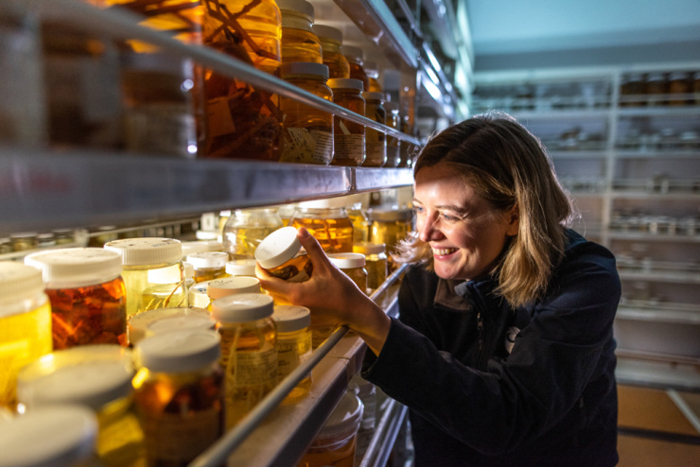
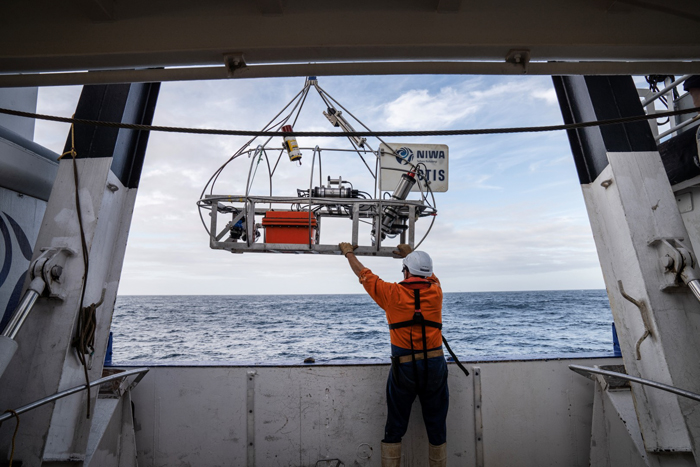
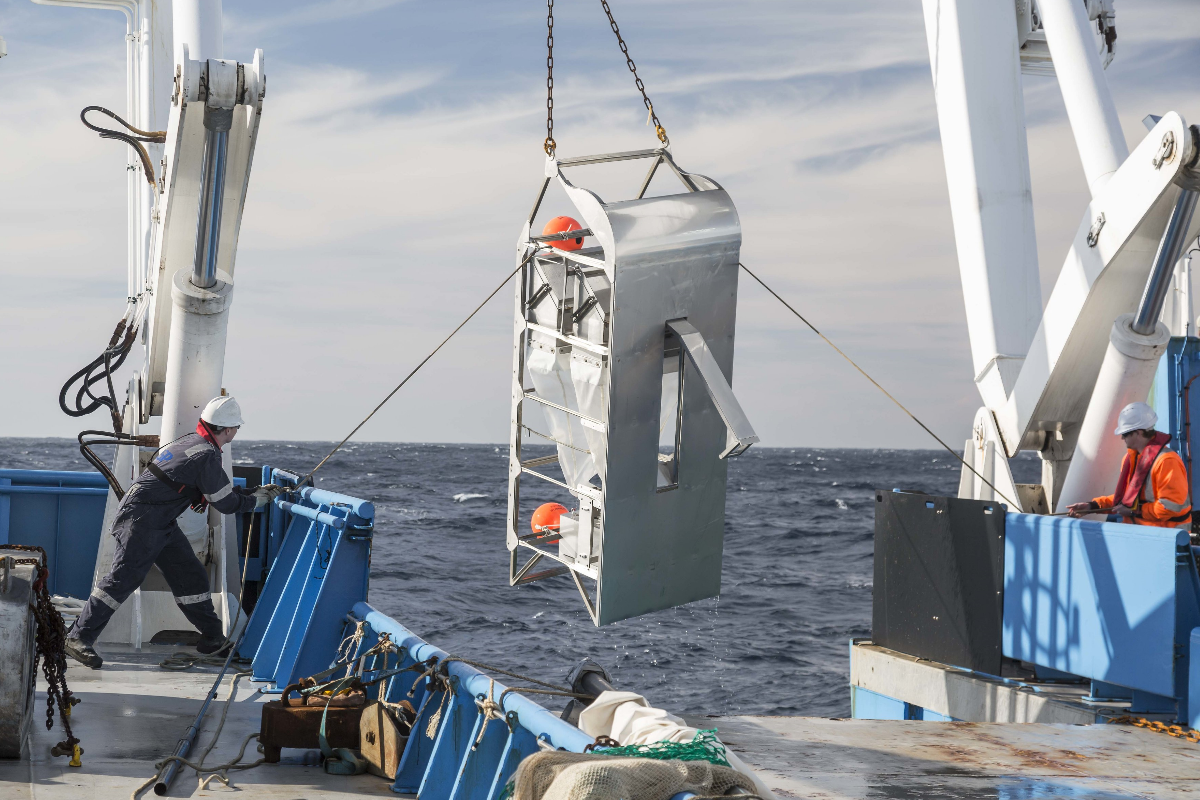
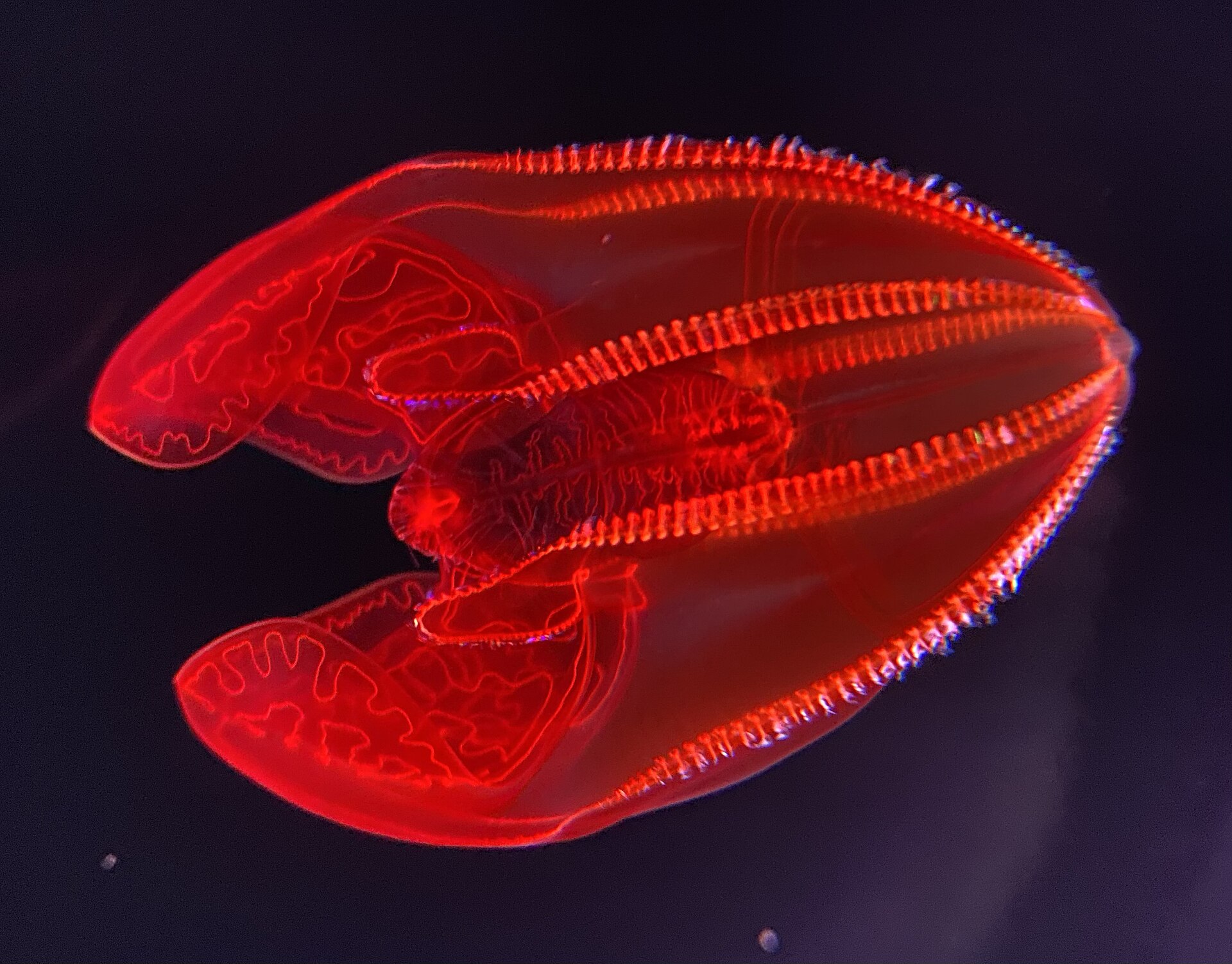
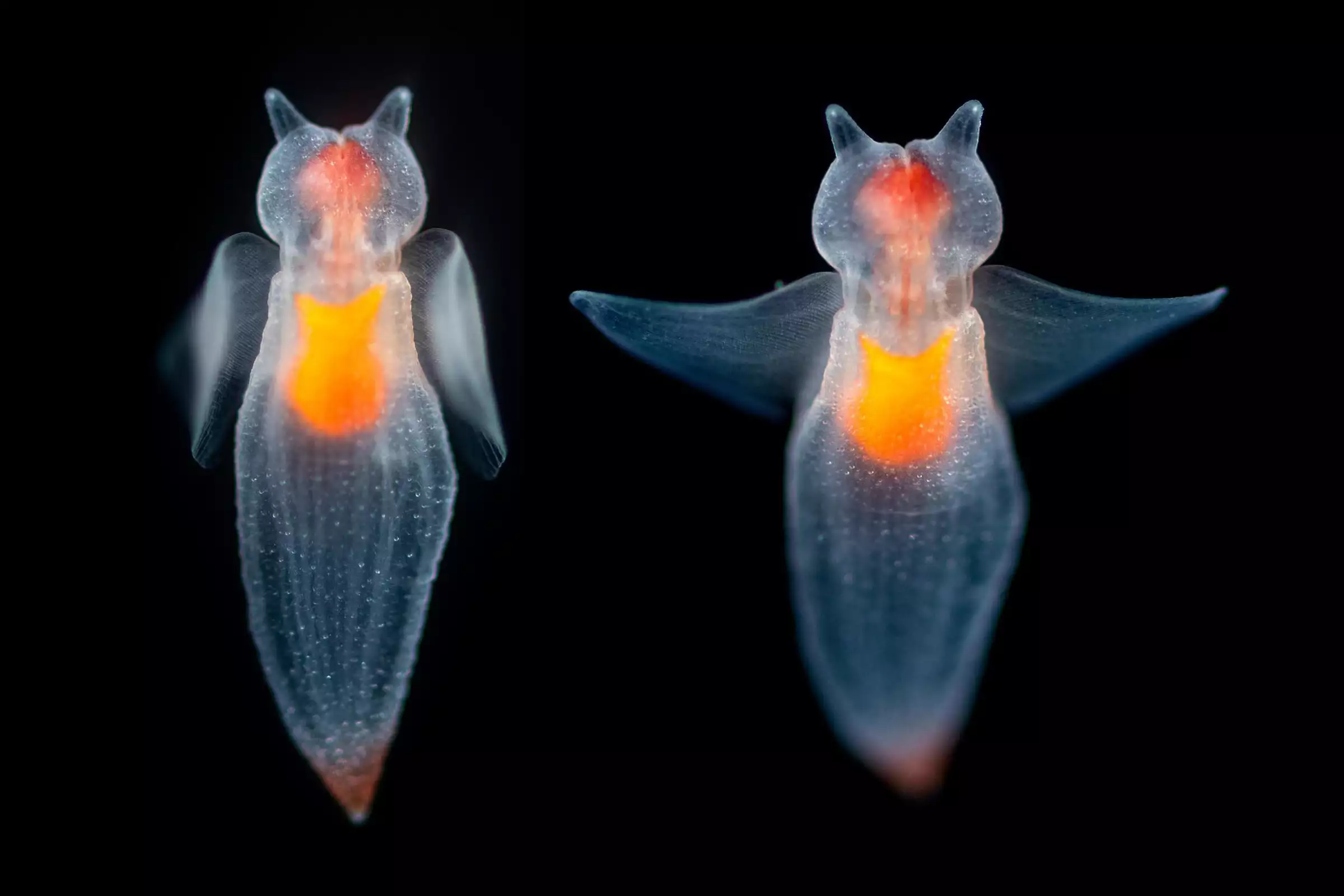
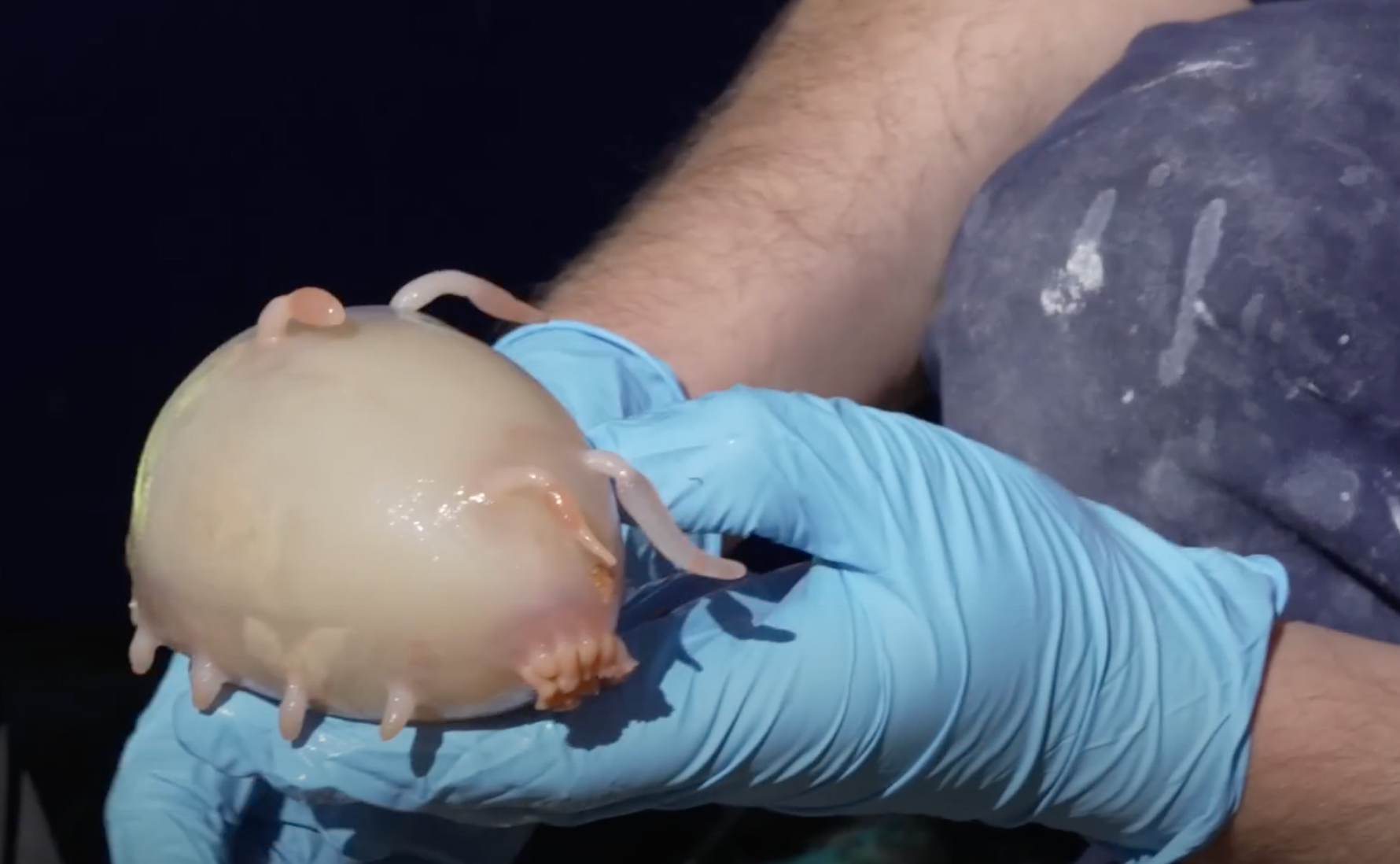








80
19